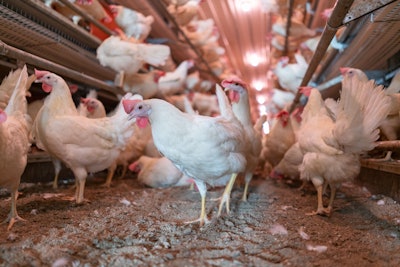
To help US egg producers understand the US Environmental Protection Agency’s report on how specific inputs affect the industry’s annual emissions output, Iowa State University’s Egg Industry Center (EIC) has published a technical summary.
The summary models emissions using the EPA’s original dataset, but is presented in an easier to understand format, and takes into account problems with the EPA’s data.
The EPA’s research evaluated how emissions such as ammonia, hydrogen sulfide and dust might impact emissions in 12 locations across the U.S. and was released for public comment in August last year.
The EIC notes that, while the EPA may have spent an extensive amount of time developing its draft models, the data used was almost 15 years old.
The draft models would be problematic to use, says the EIC, due to changes in the egg industry’s emission factors, including pollutant per hen, housing type used and manure storage methods.
Over the last 10 years, the U.S. egg industry has adopted manure belts and cage-free housing systems, for example, and moved away from the high-rise housing assessed in the report, reducing the relevance of the information. Additionally, the EPA models do not consider advances made in manure belts and storage since the data was collected.
“It is gratifying to know that EPA is soliciting additional scientific input and is willing to listen to our concerns as they seek scientifically robust solutions,” stated Richard S. Gates, EIC Director. “EIC’s goal is to add value to the egg industry by providing by providing a scientific voice on issues when necessary. The comment opportunity provided by EPA for these draft emission models offered a good example for us to do just that.”
The EIC scientists submitted a manuscript containing the report’s findings to the Journal of the American Society of Agricultural and Biological Engineers for publication.


















